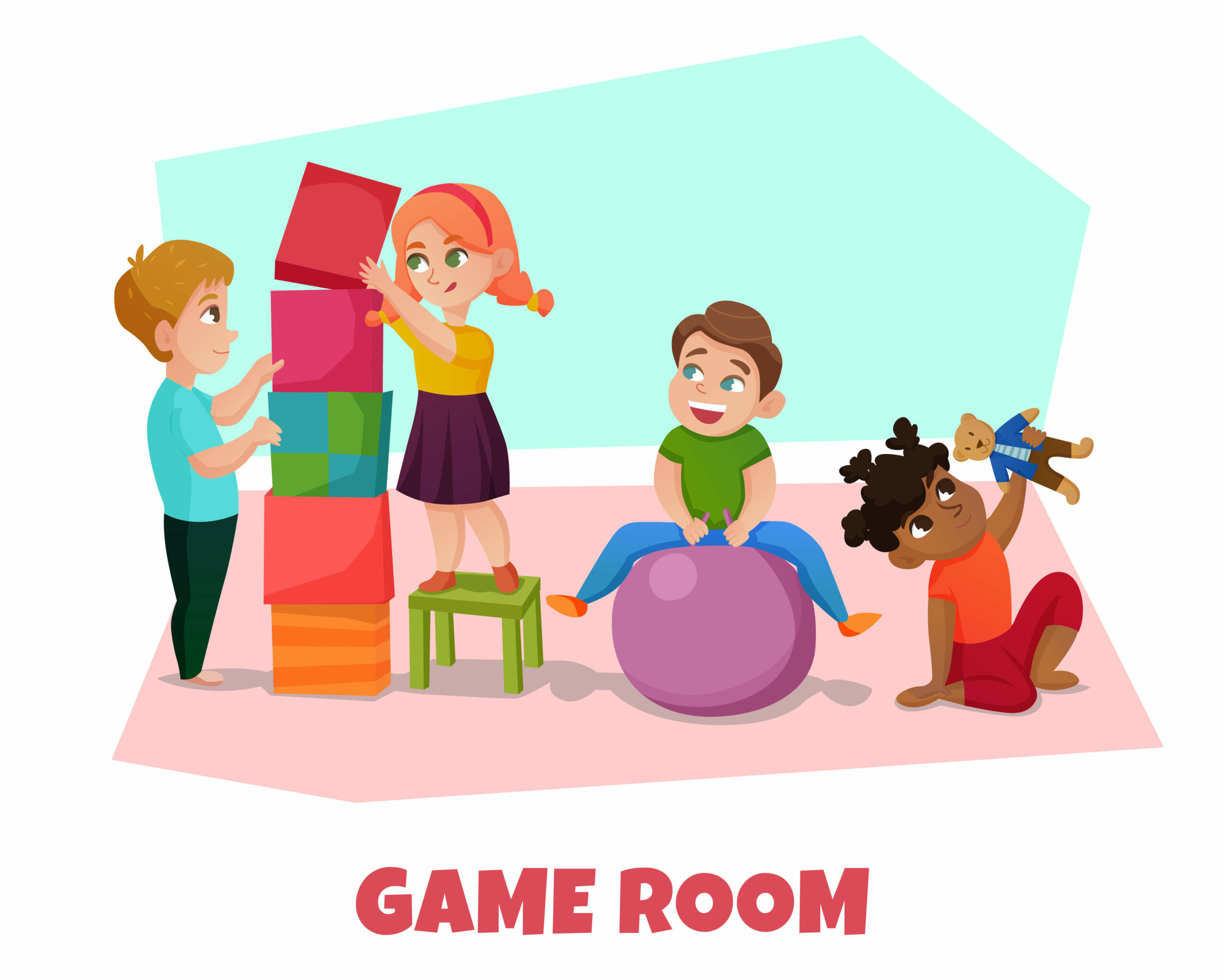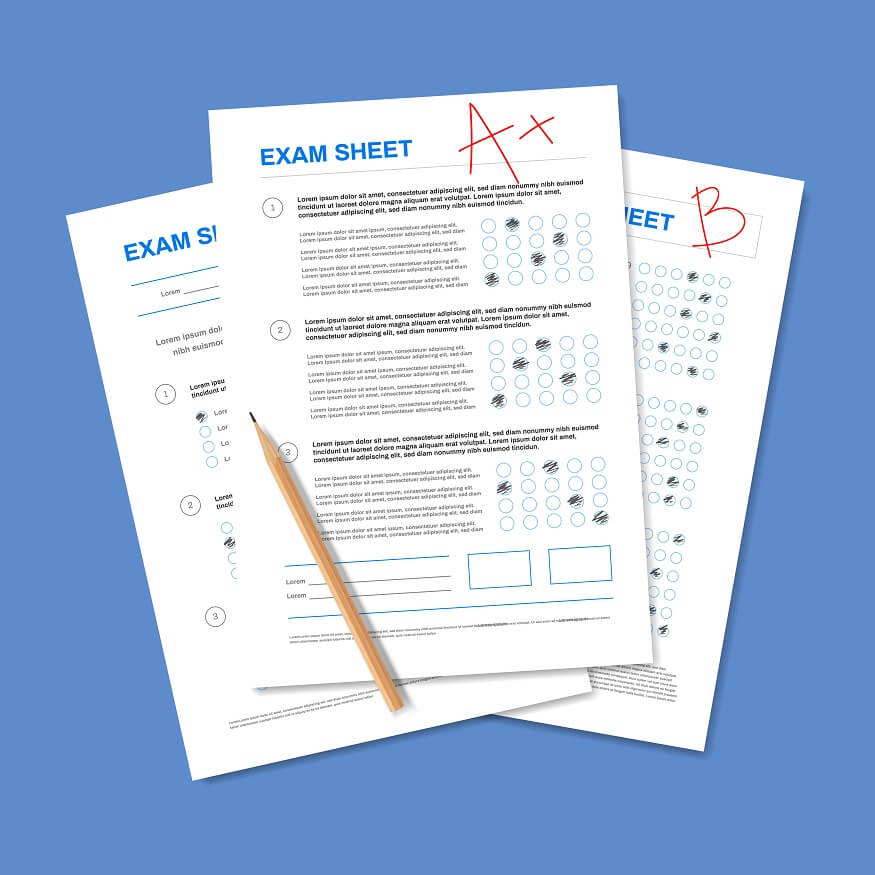Indoor activities that strengthen gross motor skills are not only beneficial for children’s physical development but also great fun. These activities can be done at home, in classrooms, or in the playing room. In this extensive guide, we will explore some indoor activities designed to enhance gross motor skills in children, along with instructions and tips for each activity.
Indoor Activities to enhance motor skills:
Here are some fine motor skills activities to improve motor skills for children.
- Animal Walks:
Encourage toddlers to mimic animal motions, such as crawling like a bear, jumping like a frog, or walking like a penguin. These exercises help to improve balance, coordination, and core strength.
Instructions:
Create flashcards or visuals of various animals.
Show children the cards and demonstrate the animal movements.
Let children take turns imitating the animals around the room.
- Balloon Volleyball:
Inflate a balloon and have children use their hands or feet to keep the balloon from touching the ground. This game improves hand-eye coordination and upper body strength.
Instructions:
Establish a net or a line in the centre of the room out of tape or rope.
Divide the youngsters into two groups.
Each team should stand on their side of the goal and knock the balloon back and forth over the net to keep it from hitting the ground.
- Crawling Tunnels:
Set up crawl tunnels using pillows, cushions, or large cardboard boxes. Crawling through tunnels helps develop upper body strength and spatial awareness.
Instructions:
Arrange pillows or boxes in a straight line or create a maze-like structure.
Encourage the kids to walk through the tunnels from one end to the other.
For added fun, hide toys or objects inside the tunnels for children to find as they crawl.
- Dance Party:
Turn on some lively music and encourage children to dance freely. Dancing improves balance, coordination, and overall body movement.
Instructions:
Choose upbeat and age appropriate music.
Create a dance area by clearing some space in the room.
Encourage children to dance, jump, spin, and move their bodies to the music.
- Obstacle Course:
Create an obstacle course using pillows, hula hoops, cones, and other household items. Children can climb, jump, crawl, and balance, which will enhance motor skills.
Instructions:
Set up a series of stations with different activities, such as crawling under a table, jumping over pillows, and stepping through hula hoops.
Arrange the stations in sequential order, and have children complete the course one at a time or in small groups.
Time each child as they navigate through the course, and encourage them to challenge their previous time.
- Freeze Dance:
Play music and have children dance around the room. When the music stops, it must freeze in place, promoting quick reactions and balance.
Instructions:
Play music and encourage children to dance.
Randomly pause the music, and children must freeze in whatever position they are in when the music stops.
To add variation, call out different body parts for children to freeze, such as “freeze with one foot off the ground” or “freeze with your arms in the air.”
- Galloping Races:
Practice galloping like a horse, alternating the leading foot. This activity improves coordination and leg strength.
Instructions:
Mark a starting line and a finish line on the floor using tape or chalk.
Have children line up at the starting line.
On your signal, instruct children to gallop to the finish line, alternating their leading foot with each step.
- Hopping Challenge:
Hopping on one foot or both feet helps strengthen leg muscles and improves balance and coordination.
Instructions:
Start with simple hopping exercises on two feet.
Progress to hopping on one foot for a few seconds and then switching to the other foot.
For a challenge, set up a hopping course with different spots to hop to, like hopping on one foot to a designated area and then hopping on both feet to another spot.
- Indoor Bowling:
Use soft balls or rolled-up socks as bowling balls and stack up plastic cups as pins. Rolling the ball and knocking down the pins improves hand eye coordination and arm strength.
Instructions:
Set up the plastic cups in a triangular formation as bowling pins.
Have children take turns rolling the ball to knock down the pins.
To make the game more challenging, vary the distance from which children roll the ball.
- Jumping Jacks:
Performing jumping jacks is an excellent way to enhance cardiovascular fitness and strengthen leg muscles.
Instructions:
Start with a demonstration of jumping jacks.
Encourage children to stand with their feet together and arms by their sides.
On your signal, have them jump and spread their legs apart while raising their arms overhead. Then, return to the starting position with feet together and arms by their sides.
- Kick Balloon:
Have children kick a balloon back and forth, promoting leg strength, coordination, and balance.
Instructions:
Blow up a balloon and ask children to form a circle.
Have them kick the balloon gently to one another, trying to keep it off the
ground.
- Musical Chairs:
Arrange chairs in a circle and play musical chairs. This game encourages quick movements and spatial awareness and these fine motor skills activities enhance them.
Instructions:
Set up chairs in a circle with one less chair than the number of children playing.
Play music while children walk around the chairs.
When the music stops, children must quickly find a chair to sit in. The child left without a chair is out of the game, and one chair is removed for the next round.
- Ninja Warrior Course:
Create a mini ninja warrior course with climbing ropes, balance beams, and other safe and age-appropriate equipment. This activity builds overall strength and agility.
Instructions:
Use furniture, cushions, and household items to create a challenging obstacle course.
Incorporate crawling, balancing, climbing, and jumping activities.
Ensure the course is safe and suitable for the age and abilities of the children.
- Obstacle Balancing:
Set up a series of small obstacles on the floor, such as pillows, cushions, and stepping stones. Children must navigate through the obstacles without touching the ground which will improve motor skills of children.
Instructions:
Arrange the obstacles in a straight line or a zig-zag pattern.
Instruct children to step on each obstacle without touching the floor between them.
For an added challenge, vary the size and height of the obstacles.
Conclusion:
At EuroSchool, we acknowledge that engaging children in indoor activities that build gross motor skills is not only enjoyable but also necessary for their physical development. These 14 indoor activities provide children with fun and interactive ways to improve their balance, coordination, strength, and general gross motor abilities.











